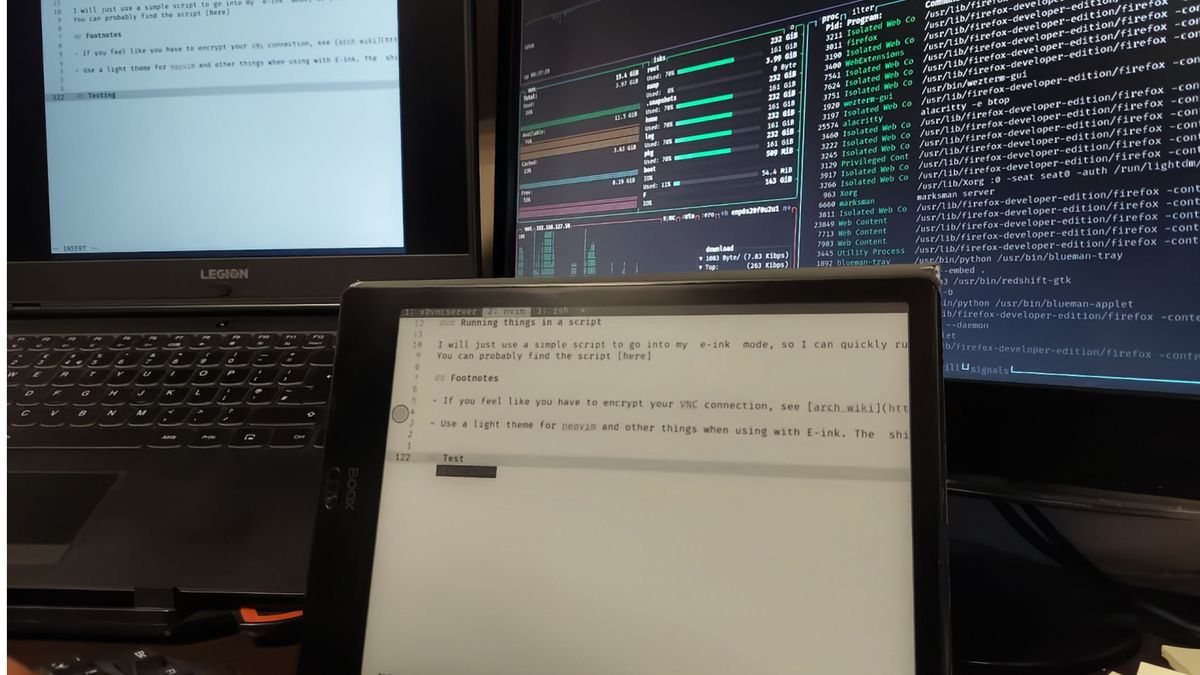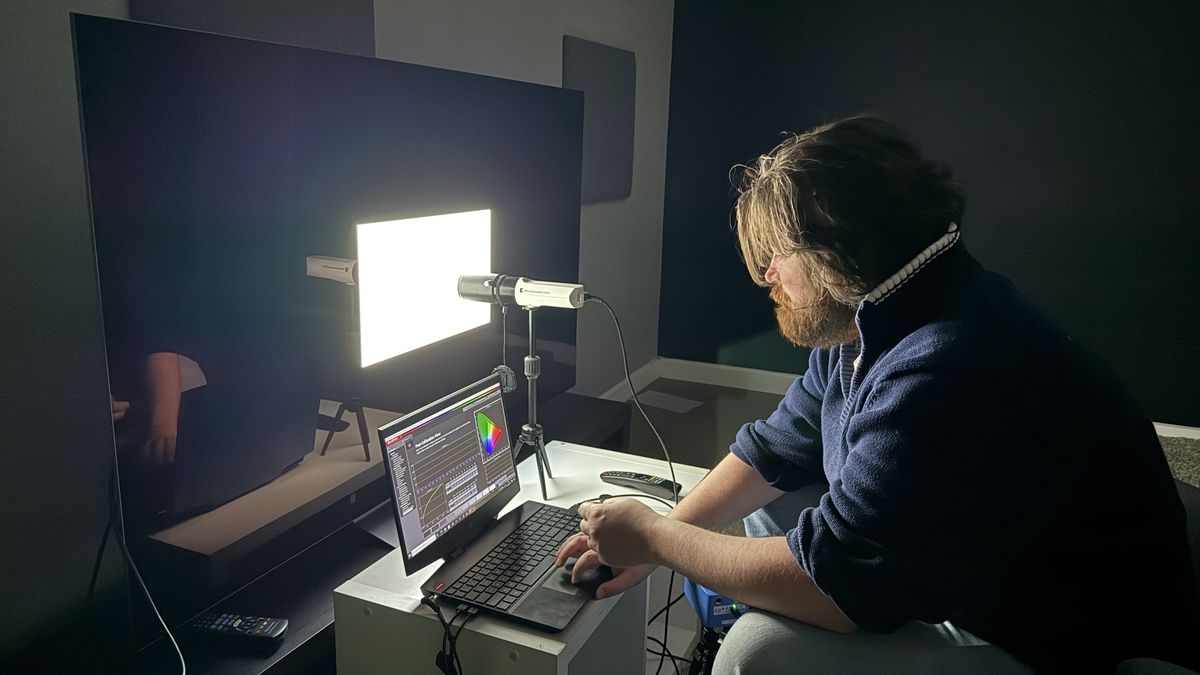Less than two years after launch, NASA’s Psyche spacecraft experienced a glitch in its propulsion system that’s now jeopardizing its mission to explore a unique metallic asteroid in the main belt. NASA engineers, ever resourceful, implemented a fix for the spacecraft’s unexpected drop in pressure by switching to a backup line—one they hope will help Psyche reach its namesake asteroid.
Earlier in April, the team of engineers with the Psyche mission detected an unexpected decrease in fuel pressure in the spacecraft’s propulsion system. The issue needed to be resolved before mid-June, otherwise it would have affected the spacecraft’s trajectory towards the Psyche asteroid. After investigating, the team recently switched from the primary propellant line to a backup that NASA says is identical. The Psyche spacecraft remains on course to rendezvous with the asteroid in August 2029.
Psyche’s thrusters, powered by two large solar arrays, ionize and expel xenon gas to gently propel the spacecraft, according to NASA. The spacecraft began firing its thrusters in May 2024, but just over a year later, engineers detected a pressure drop in the line that delivers xenon gas to the thrusters—from 36 pounds per square inch (psi) to about 26 psi, according to NASA.
After the sudden drop in pressure, the team paused the four electric thrusters as they investigated the issue. NASA’s engineers ran extensive tests and diagnostic work and found that a part inside one of the valves, which opens and closes to manage the flow of propellant, stopped functioning the way it was designed to. As a result, the glitchy valve was obstructing the flow of xenon to the thrusters.
The team then switched to the backup fuel line and will command the spacecraft’s thrusters to resume firing by mid-June. The mission’s engineers will keep the backup line’s valve in the open position to “ensure propellant flow and avoid any potential mechanical issues in the future,” NASA wrote.
The mission is scheduled for a Mars flyby in spring 2026, using the planet’s gravity to slingshot the spacecraft toward the main asteroid belt between Mars and Jupiter. If all goes well, the spacecraft will enter asteroid Psyche’s orbit in late July 2029 and begin its mission in August of the same year.
Psyche launched in October 2023, beginning a 2.2 billion-mile journey to a metal-rich asteroid located in the main belt. Its journey has been a long time in the making, and had run into issues even before its liftoff. The mission was originally scheduled to launch in 2022, but an issue with the spacecraft’s flight software delayed the mission until its next launch window the next year. The spacecraft’s flight software controls its orientation and trajectory, as well as its ability to send and receive data to Earth. A week before its original launch date on October 5, 2023, engineers discovered an issue with the Psyche spacecraft’s thrusters that could have caused it to overheat during its eight-year mission. As a result, the mission’s liftoff date was delayed by one week as the team resolved the issue.
Psyche is a 140-mile-wide (226-kilometer) asteroid that may be the stripped-down core of a shattered planetesimal, one of the building blocks that come together to form a planet. If the mission manages to reach the asteroid, it will become the first to explore an asteroid of its kind. We’re rooting for you, Psyche.









 English (US) ·
English (US) ·